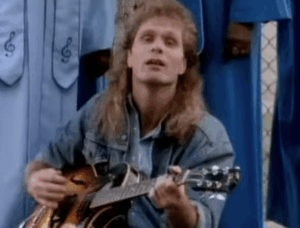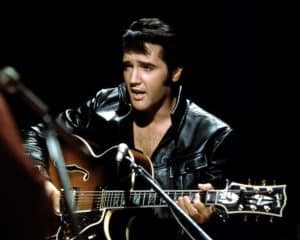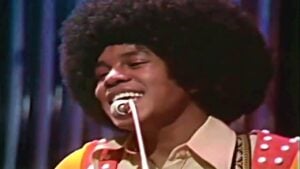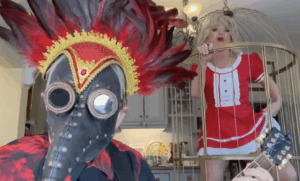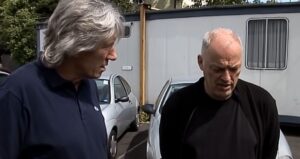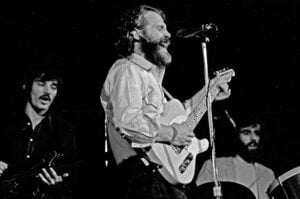9 Legendary Concerts That Ended in Riots
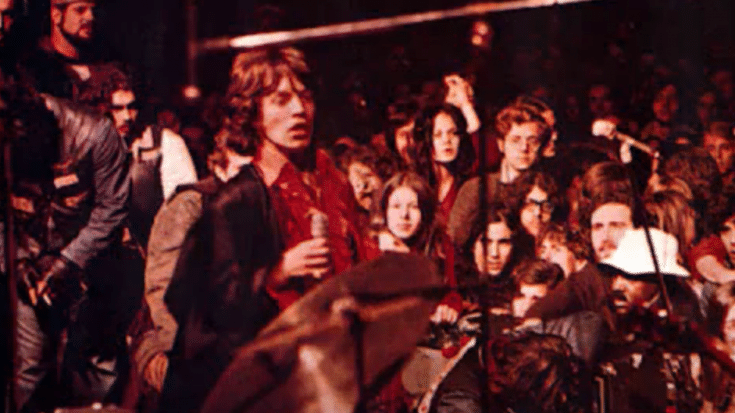
Flip DaBoid / YouTube
Rock and roll has always been synonymous with rebellion and fervor, pushing the envelope in ways both musical and societal. Over the decades, certain concerts have not only defined moments in musical history but also in the annals of live performance going spectacularly awry. From iconic rock bands to avant-garde acts, several notorious gigs have ended in complete chaos, leaving behind a legacy of destruction and police intervention. Below, are some of the most infamous concerts that erupted into riots, highlighting the combustible mix of intense fandom, provocative performances, and the occasional poor decision-making that turned ordinary concerts into legendary mayhem.
The Rolling Stones in Blackpool (1964)
The Rolling Stones were one of the most popular bands in the early sixties, and they drew huge crowds whenever they performed. Their fans, often young teens, were extremely excited to see Mick Jagger, Brian Jones, Keith Richards, and the rest of the band in person. This excitement sometimes led to chaotic situations. On July 24, 1964, in Blackpool, one such chaotic event unfolded.
During their performance, some members of the crowd began spitting at the band. Keith Richards was particularly offended by this and responded by stepping on one individual’s hands and delivering a swift kick. The situation quickly escalated into a violent outburst. Fans, in a fury, began smashing the venue’s crystal chandeliers, tearing up seats, and even destroying a grand piano. By the end of the night, 50 people required hospital attention. Police, accompanied by dogs, were called in to restore order. The group was subsequently banned from performing in the city for four decades. The leader of Blackpool Council later commented on the incident, explaining that the performance had been seen as too suggestive for the time and that fans, unused to such shows, became hysterical.
The Rolling Stones at Altamont Speedway (1969)
The Rolling Stones’ performance at California’s Altamont Speedway in 1969 is often seen as a tragic end to the sixties’ idealism. The event was marred by violence from the start. Shortly after their arrival, a fan punched Mick Jagger in the face, shouting, “I hate you!” This was just a hint of the chaos to come. The security for the event was provided by a group of Hell’s Angels, who were recommended by the Grateful Dead. Instead of maintaining order, they brutally beat the audience with broken pool cues.
The violence culminated in the death of a teenager named Meredith Hunter. He was stabbed by Hells Angel member Alan Passaro while The Rolling Stones continued to perform. As news of the incident spread through the crowd, panic and rage ensued. The band made a hasty escape via helicopter as the festival descended further into chaos. This concert is remembered as a grim reminder of how quickly things can go wrong when an event is poorly managed, and security turns violent.
Frank Zappa in Montreux (1971)
Frank Zappa and The Mothers of Invention were known for their eclectic performances, but their show on December 4, 1971, at Montreux Casino in Switzerland took a dangerous turn. During their encore, an attendee shot a firework at the stage. The firework lodged in the ceiling, causing a canopy to catch fire. As flames spread rapidly through the venue, a state of panic ensued among the audience. The situation grew worse as the balcony collapsed, adding to the chaos.
Realizing the severity of the fire, Zappa’s roadies broke through a plate glass window to create an escape route and helped many attendees get backstage to safety. Fortunately, no one was killed, although a few people suffered minor injuries. This incident also indirectly inspired the famous Deep Purple song “Smoke on the Water,” as they were present in the audience and witnessed the fire.
Suicide & Elvis Costello in Brussels (1978)
By the late 1970s, punk rock had changed how live performances were perceived, often blurring the lines between concert and performance art. One notable example was the opening act of Suicide for Elvis Costello in Brussels in 1978. Suicide, comprising Alan Vega and Martin Rev, were known for their avant-garde performances which featured repetitive synthesizer loops and monotone vocals. This unique style did not sit well with Costello’s audience, who expressed their displeasure vocally and aggressively. They booed and heckled the band, eventually stealing Vega’s microphone in a display of their frustration.
Elvis Costello, taking the stage afterward, was equally enraged by the treatment of the opening act. He delivered a brief, intense set, cutting it short out of anger. His exit only fueled the audience’s frustration, leading to chaotic scenes. The police intervened, using tear gas to disperse the unruly crowd. This event was captured and later released by Suicide as a live recording titled “23 Minutes Over Brussels,” encapsulating a night of intense emotion and chaos.
The Cure in Brussels (1982)
The Cure’s performance in Brussels in 1982 remains infamous not just for the chaos it incited among the crowd but also for the internal strife it exposed within the band. Towards the end of their Pornography Tour, tensions between frontman Robert Smith and bassist Simon Gallup reached a boiling point. During a particularly tense performance, Gary Biddles, a member of the band’s entourage, hijacked the microphone and launched a verbal attack on Smith and Lol Tolhurst.
Smith did not take kindly to these accusations and responded by throwing his drumsticks at Biddles, igniting a full-blown fight on stage. This brawl convinced Gallup to leave the band, although he would return three years later. This onstage altercation gave fans a front-row seat to the real-life drama within The Cure, cementing the concert’s place in rock history for its sheer unpredictability.
The Jesus and Mary Chain at North London Polytechnic (1985)
In March of 1985, The Jesus and Mary Chain performed at North London Polytechnic, setting the stage for an infamous riot. The band was known for their abrasive demeanor and sardonic approach, often playing with their backs to the audience. This attitude did not sit well with many, and the concert at North London Poly was no exception.
Barely into their set, the crowd started to act out, trashing the venue and tearing down the PA system. The situation quickly devolved into a large, violent brawl. At least 40 people were involved in full-scale fights, causing extensive damage estimated at £8,000. Despite the destruction, the event catapulted The Jesus and Mary Chain into the public eye, helping to set the stage for the release of their groundbreaking album “Psychocandy.”
Guns ‘N’ Roses in St Louis (1991)
Guns ‘N’ Roses’ concert on July 2, 1991, in St. Louis is remembered as one of the most chaotic shows in rock history. The incident, later dubbed the ‘Rocket Queen Riot,’ saw lead singer Axl Rose lose his temper during the song “Rocket Queen.” Spotting a fan filming the show, Rose pointed him out to security but quickly took matters into his own hands. He lept into the crowd, seized the camera, and assaulted a few audience members and security before being pulled back on stage.
Rose then abruptly announced he was ending the show, slammed his microphone down, and left. This action incited a riot among the audience, resulting in 65 people being injured, including 25 police officers. Rose faced legal consequences, including an arrest warrant and later two years of probation, marking the night as a dark chapter in the band’s tumultuous history.
Pavement at Lollapalooza (1995)
Lollapalooza ’95 featured a diverse lineup, but it was Pavement’s performance that became notorious. As a relatively underappreciated band at the time, they were met with hostility from many in the audience who were unfamiliar with their lo-fi sound. On August 3, things took a turn for the worse when frustrated concert-goers began to hurl mud bombs, rocks, and other objects at the band.
Despite their attempts to continue, the relentless barrage proved too much. Guitarist Scott Kannberg, incensed by the attack on his bandmate Stephen Malkmus, flipped off the crowd and even mooned them before the band abruptly left the stage. This incident, as recounted by member Bob Nastanovich, effectively tarnished the Lollapalooza tour that year, leaving a lasting impression on both the band and concert-goers.
Bill Haley in Hamburg (1958)
Bill Haley & His Comets experienced their share of violent outbreaks during performances. In 1958, while playing in Hamburg, a fight broke out among teenage fans. The brawl quickly escalated, necessitating the arrival of approximately 100 police officers. Despite their efforts, officers couldn’t calm the teens, who not only continued fighting but also began throwing objects at the law enforcement present.
Similarly, a concert in Berlin that same year at the Sportpalast saw mayhem erupt. A riot ensued, resulting in serious injuries to five police officers and hospitalizing six fans. The violence of these events led to widespread condemnation in West Germany. Bill Haley was even labeled a “rock and roll gangster” in East Germany, accused of promoting anti-social behavior.















